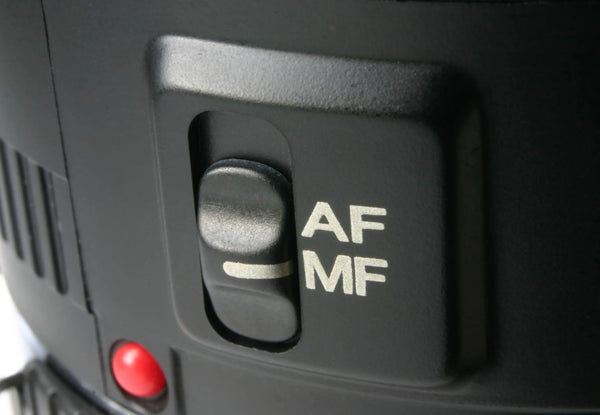
Is Manual Focus still useful?
Is Manual Focus still useful?

Our cameras are hyper-focused (pardon the pun) computers that compute optimal exposure and focus settings for each and every shutter press, based on some very clever algorithms and, recently, very clever AI.
The problem is that the camera’s software does this for every shot and isn’t always right.
Most modern cameras come with a manual focus (MF) option, or at least an auto exposure (AE) lock. These aren’t just a throwback to the past, they are often very important tools. Let’s focus on MF.
There are many situations where a photographer would want to choose manual focus, and if you want to improve your skills and quality and sharpness of the images it’s a good idea to master MF and know when it’s best suited for a shot.
In fact, the best photographers often know how and when to switch off the camera’s auto features and take back control; a master of any skill seeks all available knowledge and methods, and then practices each before deciding what’s best for them.
Before the development of autofocus, manual focus was the only way to focus a camera, and many professionals to this day still use manual focus to gain maximum control of their image creation, switching to the auto systems only when it’s useful.
Manual Focus situations
A Camera’s autofocus system needs good contrast to reflect light on or from your subjects, and low contrast scenes lead to less definition on the subject and “hunting” of the AF system as it tries to detect the focus point. In a darkened room, alley, or pretty much any low light situation it can be impossible for the AF to lock onto a target. Similar AF issues occur if there’s harsh light across the scene, such as spotlights or sunlight.
Sometimes a subject is low contrast, such as many similar colours, soft fur on an animal, dark shots, or any subject where there’s no real definition, the focus system may not gain a fix.
When taking close-up pictures of a flower, the AF often misses the stamens inside the flower, or the bee buzzing over it, and many a shot is lost. If your camera offers a small enough focus point this will help, but MF gives more predictable and faster results once you master it, and is pretty much essential for macro photography.
Sometimes there’s foreground interference that you want in the shot, but out of focus (OOF), such as a chain link or similar fence, tree branches, or something else in front of the subject that is integral and important to the scene, but not the main subject of the scene.

Video
Video shooters often shoot using manual fast lenses, so autofocus is not an option. In video, there’s often an artistic case for pulling focus from one subject to another. Some lenses can do this automatically, but it’s often a choice to do it manually to retain total control over the speed/duration of the focus shift, and the beginning and end results. “Focus Puller” is a highly skilled job in movies.
Subject undetermined/pre-focus
Sometimes your subject is not determined or present in the scene. Fast moving objects such as racing cars, people, animals, or, specifically street photography, as described well in this article by Lukasz Palka, are examples. Modern systems can burst shoot so fast that at least one will be in focus, but where’s the fun in machine gunning? So long as you have adequate depth of field from an appropriate aperture, you’re sure to get the object in focus if you’ve already established the distance and DOF.
Older SLR systems had focus screens on their viewfinder to confirm focus visually. Modern tech gives us viewfinders with multiple focus points that can be used together, in groups, or individually; and eye and face detection that offers outstanding accuracy.

However, there are occasions when they get it wrong, and manual focus can ensure you capture the image that you envisaged.
In-camera focus aids for MF
Modern SLR and DSLR have focus peaking and other focus aids that make not just the focus point, but the depth of focus. John Peltier gives a good overview here.

With the correct lens adapter, there’s a host of legacy lenses that are admired for their particular characteristics that go beyond mere numbers. We touched on this in our article Beginner’s guide to choosing the right lens.
There are many cheap legacy MF lenses that are stellar in performance, but cost a fraction of equivalent glass today. There are whole forums dedicated to it.
Exploring new ways of using your camera and equipment is fun and there’s a sense of achievement in learning and understanding a new method of doing things.
More importantly, the best photographers don’t just buy the latest gear and shoot away. They’ve taken their time to learn the craft, hone their skills and understand the limitations and possibilities of their equipment. This is what sets apart those that consistently achieve better images and earn money from photography.
Like any skill, there are natural talents that can pick up the most basic tools and create magic. The rest of us have to work hard at it, knowing that we can achieve real results, and even commercial or critical success, by constant practice and honing our skills.

Manual focus is an important skill for any photographer, and learning how and when to use it can only reap rewards.
Page created using Blog & Page Builder by Reputon

